Expressed emotional level within family Z638 ICD10CM Diagnosis Code Z638 Unilateral high scrotal testis 18 New Code 19 21 Billable/Specific Code Male Dx POA Exempt temperature R509 (of unknown origin) ICD10CM Diagnosis Code R509 Fever, unspecifiedCriticism, Hostility, Emotional Over involvement, Warmth, and Positive RegardZ638 High Expressed Emotion level within family;

Pdf Can I Tell You How I Feel Perceived Partner Responsiveness Encourages Emotional Expression
High expressed emotion level within family z code
High expressed emotion level within family z code- · to have high expressed emotion (HEE), which in turn increases the risk of relapse of the person they are caring for(2) A prospective study done in Brazil showed that 31% of patients presented relapses and, among the relatives, 68% presented elevated levels of expressed emotion The proportions of familyExpressed emotion (EE), a qualitative measure of the 'amount' of emotion displayed, typically in the family setting, usually by a family or care takers Theoretically, a high level of EE in the home can worsen the prognosis in patients with mental illness,(Brown et al, 1962, 1972) or act as a potential risk factor (JR Asarnow, M Tompson, S Woo, DP Cantwell (04)




Pomeroy Case 16 2 Maria Studocu
Reduction of High Expressed Emotion and Treatment Outcomes in Anorexia Nervosa—Caregivers' and caregivers showed high levels of CC and 3% showed high levels of EOI 5 High EE has been particularly, communication and high EE within the family has also been highlighted in the interpersonal maintenance model of anorexia nervosa · Disruption of Family by Separation or Divorce V618 (Z638) High Expressed Emotion Level Within Family V62 (Z634) Uncomplicated BereavementHigh Expressed Emotion Level Within Family Expressed emotion is a construct used as a qualitative measure of the "amount" of emotion in particular, hostility, emotional overinvolvement, and criticism directed toward a family member who is an identified patient displayed in the family environment This category should be used when a family's high level of expressed emotion is the focus of clinical attention or is affecting the course, prognosis, or treatment of a family
Reference Koenigsberg and Handley Koenigsberg & Handley, 1986;That has received recent attention is expressed emotion (EE) EE refers to the content and expressive style of communications among family members A family member is characterized as high EE when he or she expresses high levels of criticism, hostility, or emotional overinvolvement (EOI) toward another identified family member (Kavanagh, 1992)Comparison of the needs and characteristics of relatives classified as high and low expressed emotion (EE) across a range of measures including social functioning and indices of stress and family burden revealed that high EE relatives reported higher levels of disturbed behaviour, subjective burden, and perceived themselves as coping less effectively
Problem (with) (related to) conflict or discord (with) family Z639High expressed emotional level within family Inadequate family support NOS Inadequate or distorted communication within family MSDRG Mapping This means that while there is no exact mapping between this ICD10 code Z638 and a single ICD9 code, V618 is an approximate match for comparison and conversion purposes · The results show that expressed emotion of family members was high before and during longterm hospitalization of 714% of patients who experienced clinical worsening This is particularly true for parents (625%), and more frequently for mothers Course of the illness was better in the group of patients whose family members had low expressed




Best Lawyers The Family Law Issue 21 By Best Lawyers Issuu
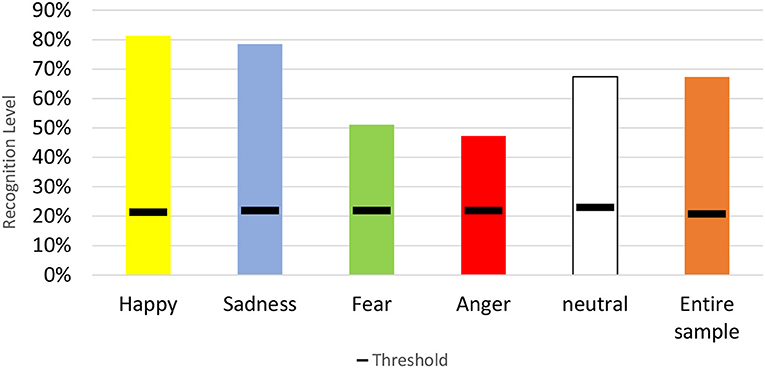



Frontiers How Do We Recognize Emotion From Movement Specific Motor Components Contribute To The Recognition Of Each Emotion Psychology
· Other specified problems related to primary support group Family discord NOS Family estrangement NOS High expressed emotional level within family Inadequate family support NOS Inadequate or distorted communication within family Z63 Excludes2 maltreatment syndrome ( T74 , T76) parentchild problems ( Z62 )Measuring Expressed Emotion An Evaluation of the Shortcuts The Harvard community has made this article openly available Please share how this access benefits you Your story matters Citation Hooley, Jill M, and Holly A Parker 06 Measuring expressed emotion An evaluation of the shortcuts Journal of Family Psychology , no 3Z code could be Z638 a high expressed emotion level within family or Z628 child affected by parental relationship distressed or Z612 altered pattern of family relationships in childhood due to the abusive relationship she saw between her parents
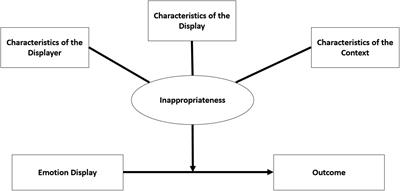



Frontiers The Impact Of Non Normative Displays Of Emotion In The Workplace How Inappropriateness Shapes The Interpersonal Outcomes Of Emotional Displays Psychology




Worldview Wikipedia
V618 (Z638) High expressed emotion level within family V629 (Z659) Unspecified Problems Related to Unspecified Psychosocial Circumstances V638 (Z754) Unavailability or Inaccessibility of Other Helping Agencies V639 (Z753) Unavailability or Inaccessibility of Health Care Facilities V629 (Z609) Unspecified Problem Related to SocialHigh Expressed emotion is when the relative makes six or more critical comments during the interview Low expressed emotion is considered to be less than six critical (Hooley & Hiller, 00) Those who have high expressed emotion tend to be more negative than the ones who are lowClick card to see definition 👆 Tap card to see definition 👆 Disruption of Family by Separation or Divorce High Expressed Emotion Level Within Family Uncomplicated Bereavement Child Maltreatment and Neglect Problems Child Physical Abuse Confirmed/Suspected Child Sexual Abuse Child Neglect




Schizotypy Related Magnetization Of Cortex In Healthy Adolescence Is Colocated With Expression Of Schizophrenia Related Genes Biological Psychiatry




The Minute Scale Dynamics Of Online Emotions Reveal The Effects Of Affect Labeling Nature Human Behaviour
Z Codes High Expressed Emotion Level Within Family Z638 – There is hostility in the family between Maria and her husband He's often aggressive and yells when he's home He's often aggressive and yells when he's homeZ639 specified NEC Z638 intrafamilial communication Z638However, little evidencebased information is available to assist family caregivers of individuals with depression In the present exploratory study, we examined the effectiveness of a cognitive behaviour therapy (CBT) based guided selfhelp (GSH) manual in decreasing EE in
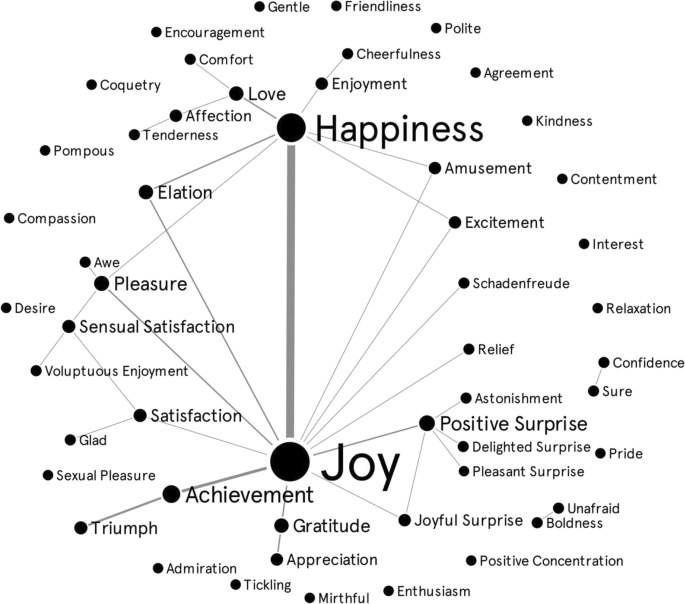



Good Vibrations A Review Of Vocal Expressions Of Positive Emotions Springerlink
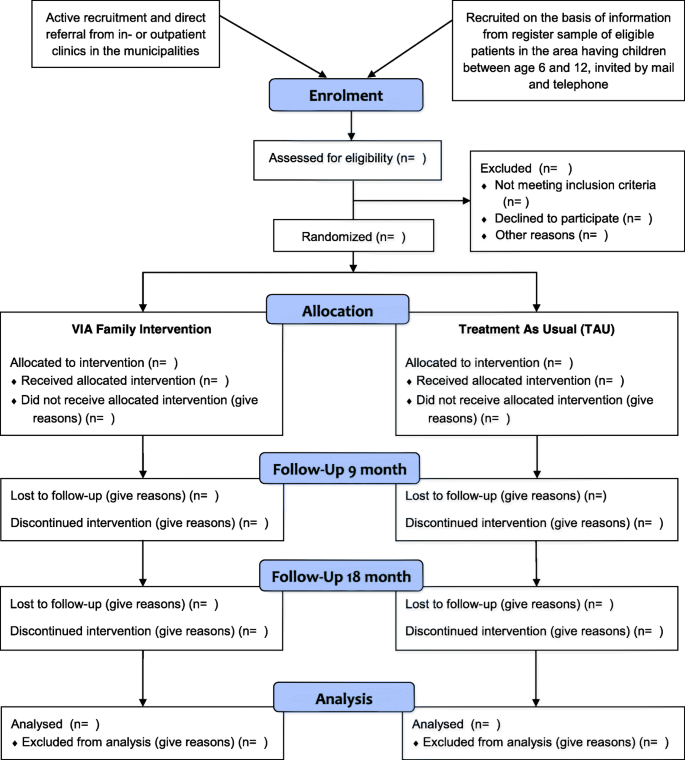



Via Family A Family Based Early Intervention Versus Treatment As Usual For Familial High Risk Children A Study Protocol For A Randomized Clinical Trial Trials Full Text
Fiftynine percent and 50% of the caregivers had low level of expressed emotion based on the data obtained from the CFI and EES The proportion of the caregivers with high level of expressed emotion as measured by the CFI and the EES were not statistically significantly different within the sample (χ2= 0727) · The code Z638 has the following ICD10CM references to the Index of Diseases and Injuries Inclusion Terms Family discord NOS; · These conditions are presented with their corresponding codes from ICD9CM (usually V codes) and ICD10CM (usually Z codes) A condition or problem in this chapter may be coded if it is a reason for the current visit or helps to explain the need for a
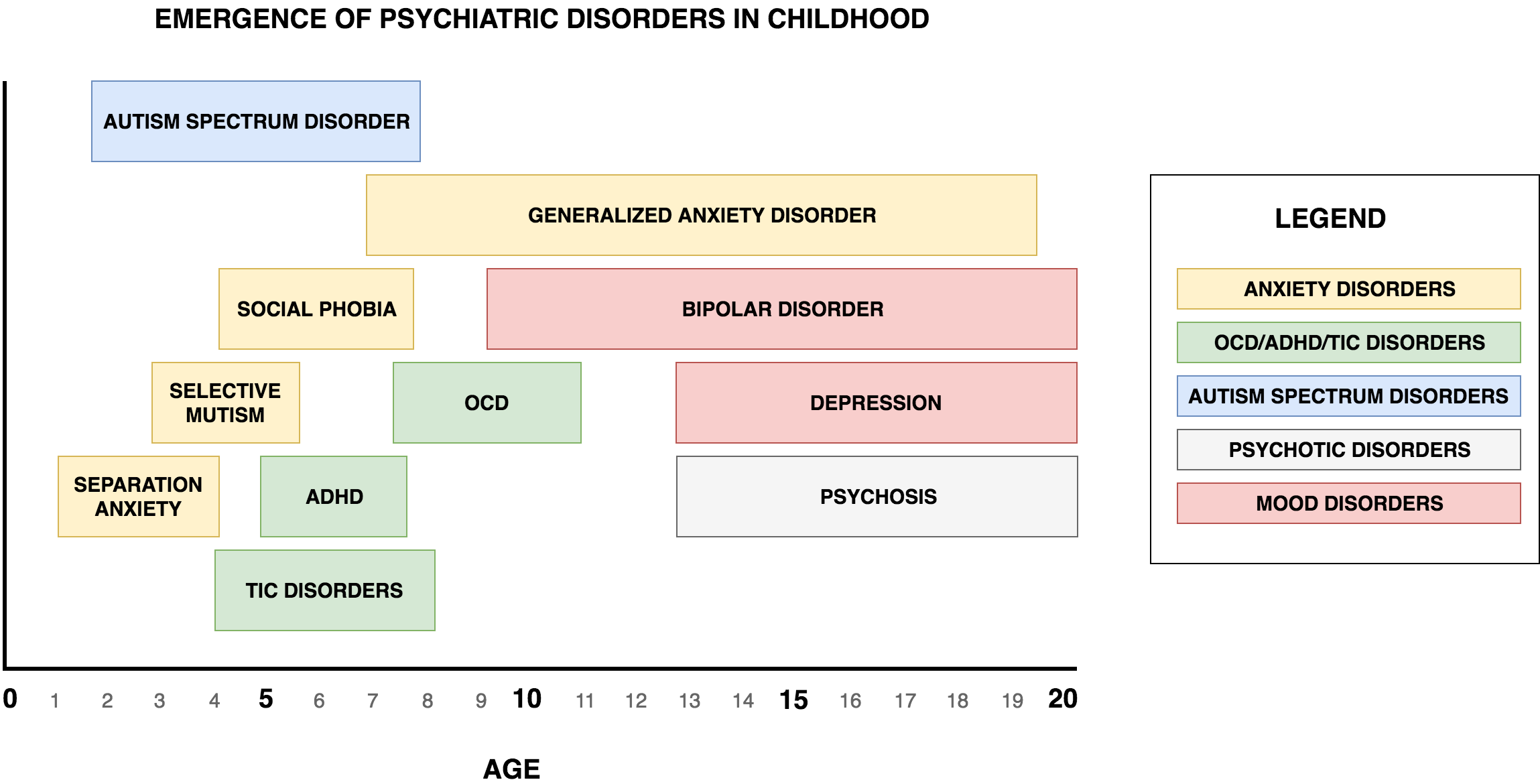



Child And Adolescent Psychiatry Psychdb
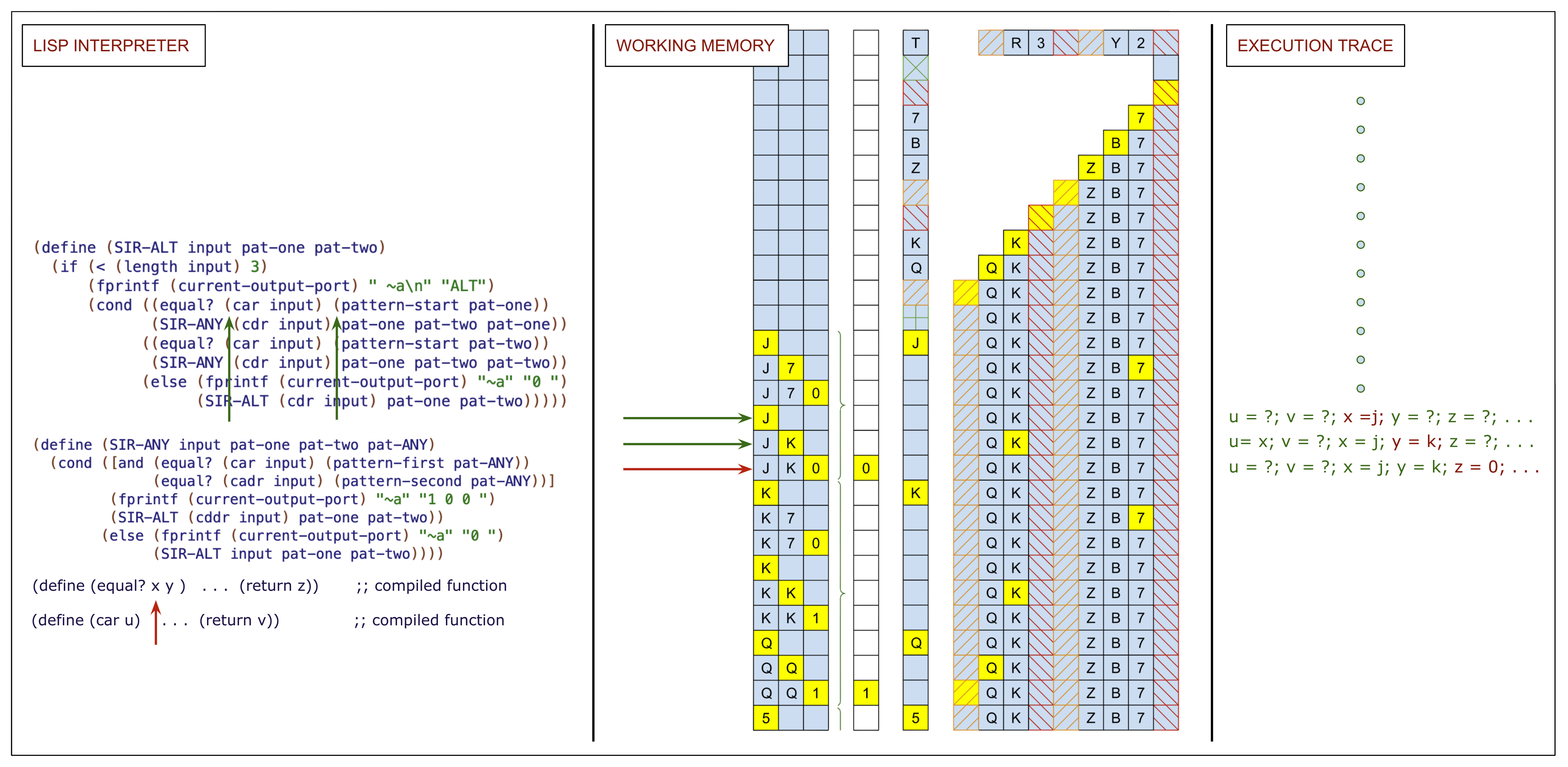



Cs379c 21 Class Discussion Notes
Inadequate, inadequacy family support Z638;Comparison of the needs and characteristics of relatives classified as high and low expressed emotion (EE) across a range of measures including social functioning and indices of stress and family burden revealed that high EE relatives reported higher levels of disturbed behaviour, subjective burden, and perceived themselves as coping less effectivelyV6103 (Z635) Disruption of Family by Separation or Divorce V618 (Z638) High Expressed Emotion Level Within Family V62 (Z634) Uncomplicated Bereavement Educational and Occupational Problems V623 (Z559) Academic or Educational Problem V6221 (Z56) Problem Related to Current Military Deployment Status




The Minute Scale Dynamics Of Online Emotions Reveal The Effects Of Affect Labeling Nature Human Behaviour




A Case Review Of Poor Insight In Schizophrenia How Much Do We Know Psychiatric Annals
A high level of "expressed emotion" such as yelling, shouting, fighting or hostility within a family may increase the strength of the illness, which can lead a person to experience more psychotic episodes It may be that the symptoms of schizophrenia lead to the increased stress within the household, creating more tension and higher levels · Z635 Disruption of family by separation or divorce Z638 High expressed emotion level within family Z640 Problems related to unwanted pregnancy Z Encounter for mental health services for victim of child abuse by parent Z Encounter for mental health services for victim of child neglect by parentCommunication and interaction within the family, potentially reduce levels of EE 2 of 5 3 of 5 A03 Appropriateness Some may have been abused or come from households that don't have high expressed emotion so therefore raise issues of appropriateness due to suitability 4 of 5 A03 social sensitivity




Pdf Emotional Expressions Reconsidered Challenges To Inferring Emotion From Human Facial Movements




U6d1 Trauma And Stress Related Diagnosis U6d1 Trauma And Stress Related Diagnosis Diagnosis And Icd Codes For Sam Although More Facts Are Needed Course Hero
Z630 Relationship Distress with Spouse or intimate partner; · However, impact of expressed emotion on treatment outcome for CBT for SAD is limited to one study (GarciaLopez et al, 09) These authors explored whether high levels of EE in parents could be associated with lower treatment outcome in adolescents with social phobiaInadequate family support NOS;



Parental Depressive Symptoms Children S Emotional And Behavioural Problems And Parents Expressed Emotion Critical And Positive Comments



Predictive Factors For Outcome In Adolescents With Anorexia Nervosa To What Extent Does Parental Expressed Emotion Play A Role
Reference Kavanagh Kavanagh, 1992) Expressed emotionThe speech is recorded and later coded for the overall level of EE, criticism, and EOI There is no hostility rating on the FMSS Level of Expressed Emotion Scale (LEE) The Level of Expressed Emotion Scale 23 is a 60item, self report measure that assesses the emotional environment in the patient's most important relationships98 · EXPRESSED EMOTION (EE) is a measure of the family environment that is based on how the relatives of a psychiatric patient spontaneously talk about the patient Assessed during the Camberwell Family Interview (CFI), relatives are classified as being high in EE if they make more than a specified threshold number of critical comments or show any signs of hostility or marked




Another Problem Is Represented By V61 8 Z63 8 High Expressed Emotion Level Within Family This Category Should Be Used When A Family U19s High Level Of Course Hero




Pdf Assessing Expressed Emotion Comparing Camberwell Family Interview And Five Minute Speech Sample Ratings For Mothers Of Children With Behaviour Problems
· High expressed emotion (EE) can extend the duration of illness and precipitate relapse;High expressed emotional level within family;Z638 High expressed emotion level within family Z659 Unspecified Problems Related to Unspecified Psychosocial Circumstances Z91 Other Personal Risk Factors Z609 Unspecified Problem Related to Social Environment Z609 Unspecified Problem Related to Social Environment Z591 Inadequate Housing Z594 Lack of Adequate Food or Safe Drinking Water




The Neuroscience Of Positive Emotions And Affect Implications For Cultivating Happiness And Wellbeing Sciencedirect



Path Models Of Vocal Emotion Communication
Family differences in the general level of emotional expression within the family in the initial analyses, we changed the focus to the level of interactions, to ask how children's current emotional state relates to their participation in conversations about the causes and consequences of feelings · The mean total score on the PANSS was 465 (SD=115, range=30–76) There are no norms available for this measure, but this suggests the presence of lowlevel psychotic symptoms Expressed Emotion Fourteen of the 49 relatives were rated as high EE (286%) Within this, seven were rated as EOI, six as critical and one as both EOI and critical · The work on expressed emotion assumes that high expressed emotion about the patient among family members reflects a pattern of interaction within the family that is stressful for the patient (Reference Leff, Kuipers and Berkowitz Leff et al, 19;
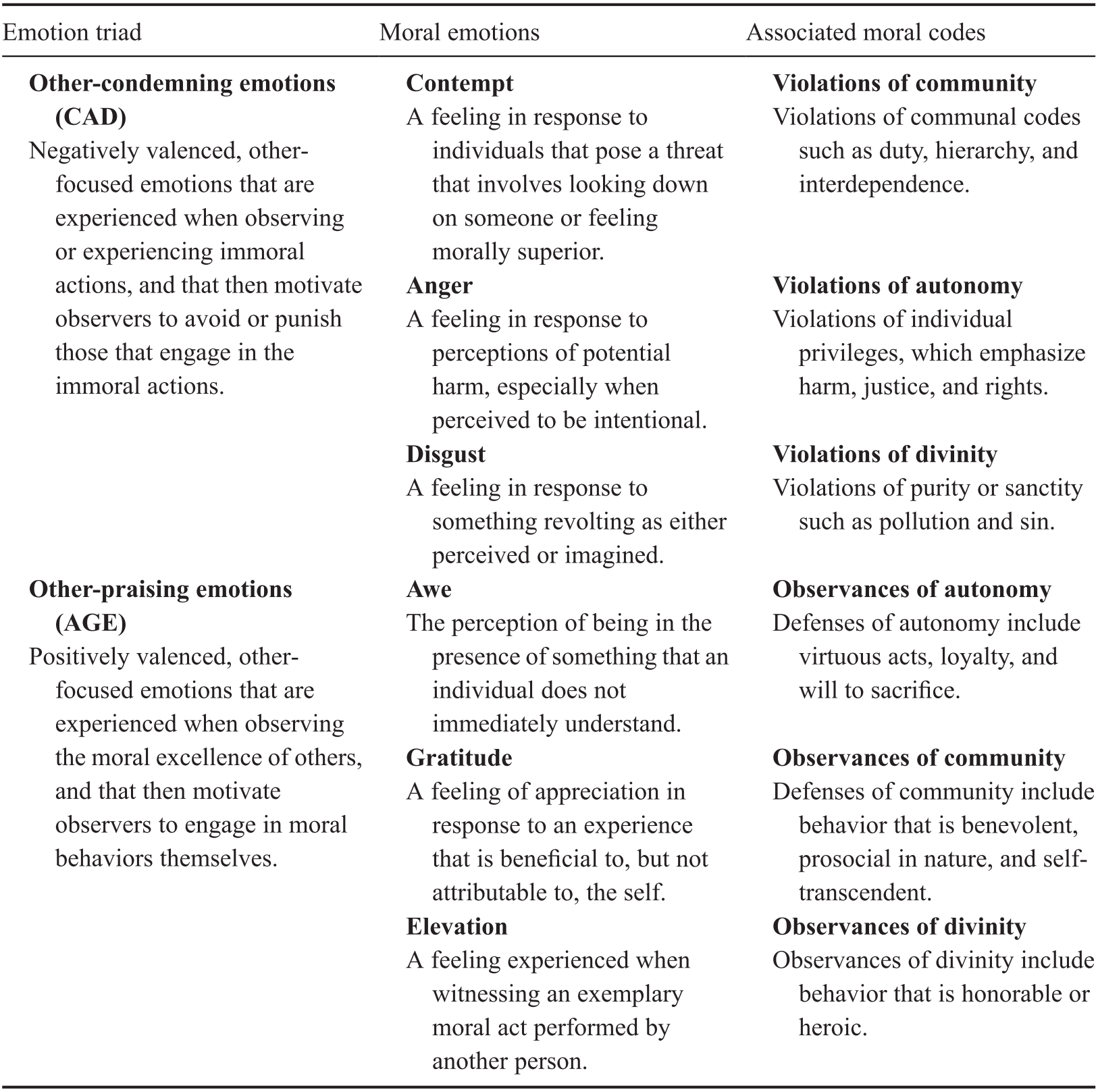



Discrete Emotions At Work Part V The Cambridge Handbook Of Workplace Affect




Ppt Dsm 5 Powerpoint Presentation Free Download Id
'Expressed emotion' is a term used in mental health to denote the intensity of expression of a range of emotions within the family context Levels of expressed emotion may be high or low This emotion may be considered 'negative' (for example hostility, anger) or 'positive' (for example caring concern) 'High Expressed Emotion' refers to high levels of emotion expressed specifically towards the individual or within the familyICD9 vs ICD10 Mental Health Diagnosis Codes ICD9 was updated to ICD10 coding on October 1st, 15 Coding changed from the use of ICD9 diagnoses to ICD10 diagnoses to match the recent DSM5 update in 13, enumerating many more diagnoses ICD9 diagnosis codes for mental health diagnoses cover a range between 2900 to 319 ICD10 diagnosis codes forThe construct of expressed emotion (EE) is well established as an important measure of the family environment Much research has also been conducted on the assessment of this construct, providing a useful background for the discussion of measurement issues related to relational processes in psychopathology By examining the literature on alternative ways of assessing EE,
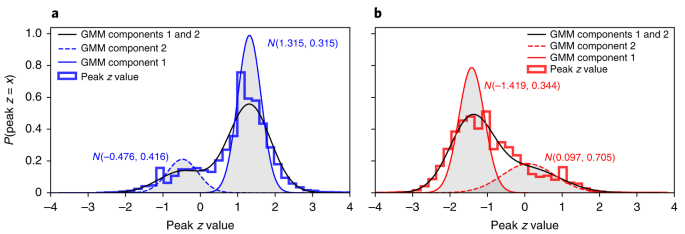



The Minute Scale Dynamics Of Online Emotions Reveal The Effects Of Affect Labeling Nature Human Behaviour




Pomeroy Case 16 2 Maria Studocu
Family Dysfunction refers to any forms of abnormal processes within a family such as conflict, communication problems, cold parenting, criticism, control and high levels of expressed emotions These may be risk factors for the development and maintenance of schizophrenia AO1In the familytreated group were associated and lowered levels of EE in the relatives (Vaughn, 19, p 18) Thus, EE relationships can be ameliorated by psychoeducational therapy The respected Cocharane Report (Pharoah, Mari, Rathbone, & Wong, 10) elaborated on several treatment alternatives to the Expressed Emotion Expressed Emotion infoHigh expressed emotional level within family Z638 Inadequate, inadequacy family support Z638 intrafamilial communication Z638 Problem (with) (related to) conflict or discord (with) family Z639 specified NEC Z638 family See Also Disruption, family;




V Codes Dsm 5 Z Codes Icd 10 Psychdb




Exploring Service User And Family Perspectives Of A Culturally Adapted Family Intervention Cafi For African Caribbean People With Psychosis A Qualitative Study Jensen British Journal Of Clinical Psychology Wiley Online Library
· High expressed emotional level within family Z638;Z635 Disruption of Family by Separation or Divorce;Journal of Family Therapy (1992) 14 1527 $300 Changes of expressed emotion in systemic family therapy Panos Vostanis,* John Burnhamf and Queenie Harrisf This study measured the levels of expressed emotion throughout the course of systemic family therapy Videotapes of the first, second and




The Minute Scale Dynamics Of Online Emotions Reveal The Effects Of Affect Labeling Nature Human Behaviour



Emotion Stanford Encyclopedia Of Philosophy
High Expressed emotion have high relapse rate in severe mental disorders 5 The Camberwell Family Interview(CFI) was the first instrument to measure EE in the families of mental illness and it rates on the following five factors; · Millman Z B, Weintraub M J, Miklowitz D J Expressed emotion, emotional distress, and individual and familial history of affective disorder among parents of · High levels of expressed emotion (EE) in parents have been found to put children at risk for emotional and behavioural problems However, the majority of existing studies have focused on mothers of school‐aged children and adolescents rather than younger children, and have only rarely included fathers




Perceived Stress In Family Caregivers Of Individuals With Mental Illness Journal Of Psychosocial Nursing And Mental Health Services
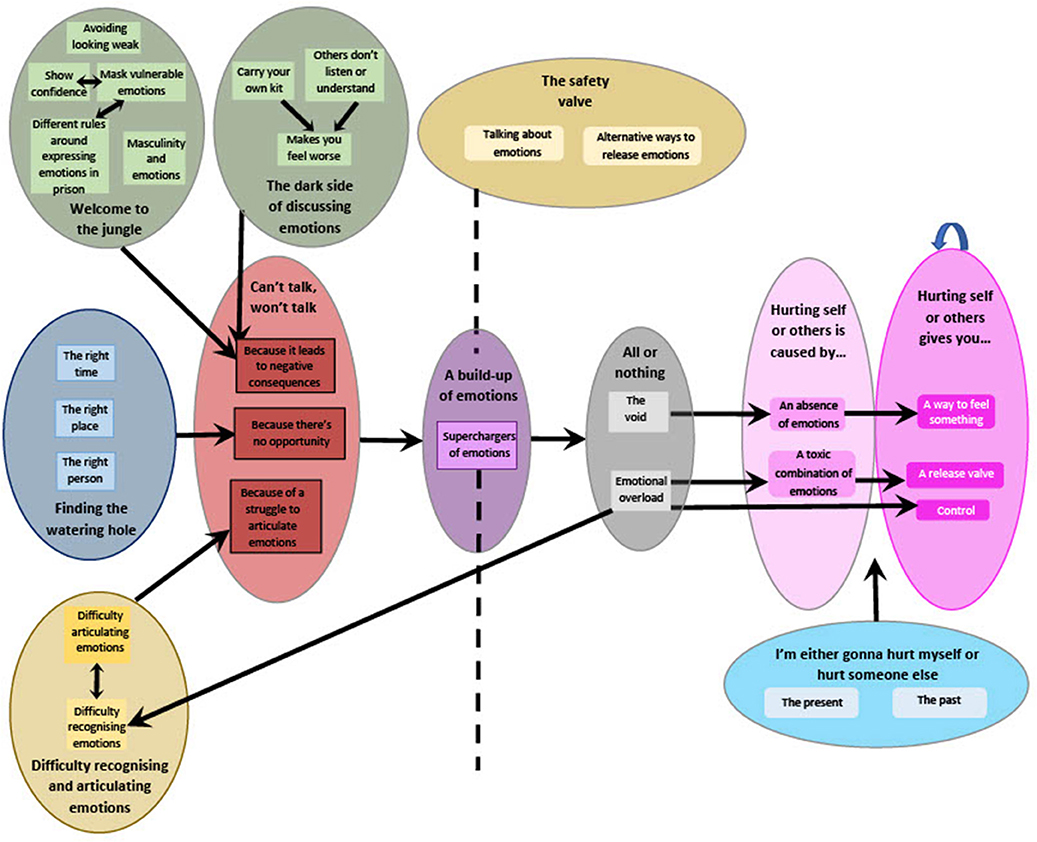



Frontiers Words Don T Come Easy How Male Prisoners Difficulties Identifying And Discussing Feelings Relate To Suicide And Violence Psychiatry
· An appropriate understanding of the association between highExpressed Emotion (EE) in family members of people with schizophrenia, patients' and relatives' correlates is needed to improve adaptation of psychoeducational interventions in diverse cultures The aim of this study was to test the hypothesis that relatives designated as high EE would report higher subjective · See also article V Codes (DSM5) & Z Codes (ICD10) It is important to remember that many presentations of "psychiatric" concern are part of normal child development, or due to nonpsychiatric reasons such as parentchild relational conflicts, sibling relational problems, or high expressed emotion level within family




Pdf Characteristics Of Parents With High Expressed Emotion And Related Factors A Study Of Parents Of Adults With Schizophrenia
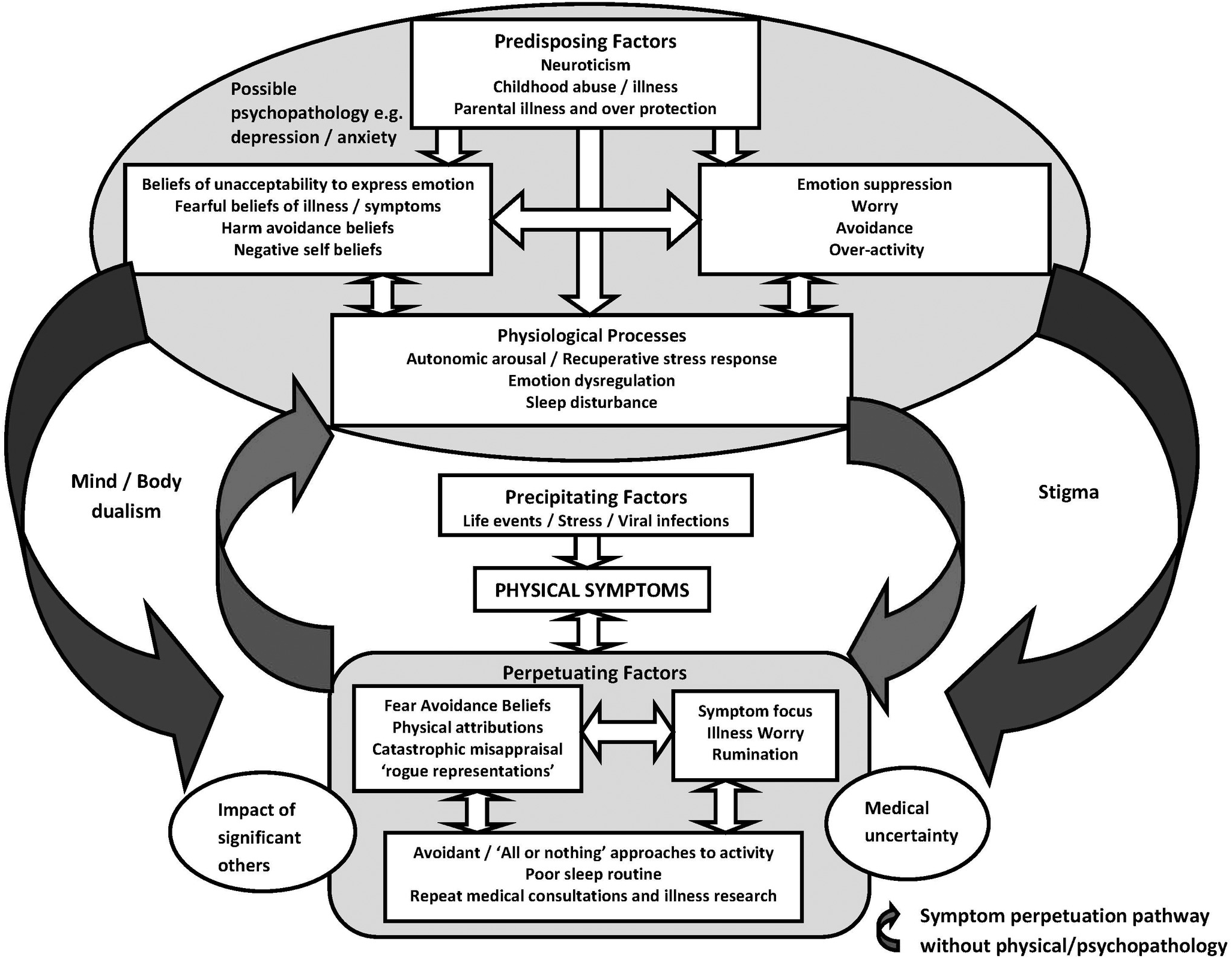



Psychological Aspects Of Health And Illness Section 1 Cambridge Handbook Of Psychology Health And Medicine
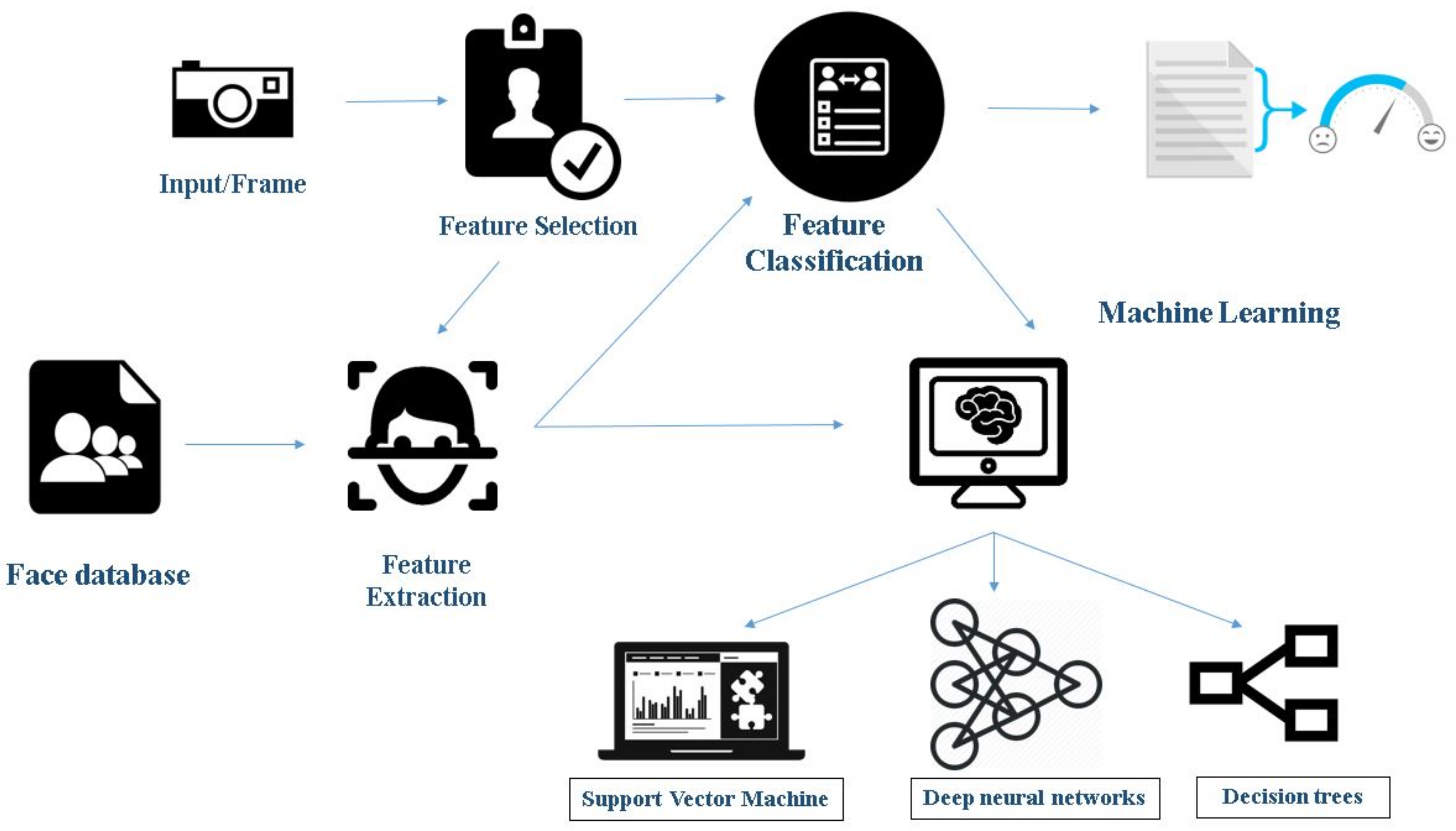



Sensors Free Full Text Facial Emotion Recognition A Survey And Real World User Experiences In Mixed Reality Html
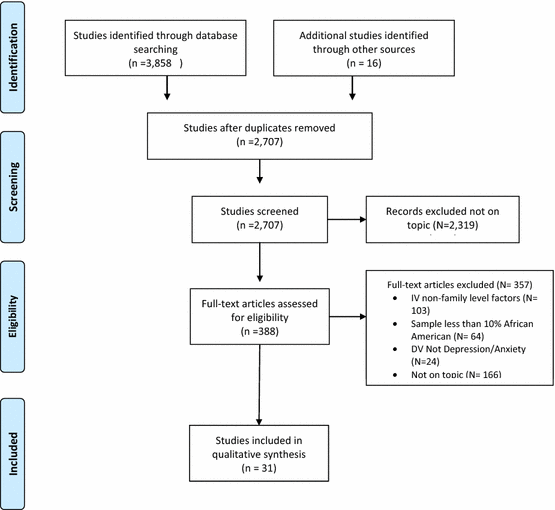



Family Level Factors Depression And Anxiety Among African American Children A Systematic Review Springerlink
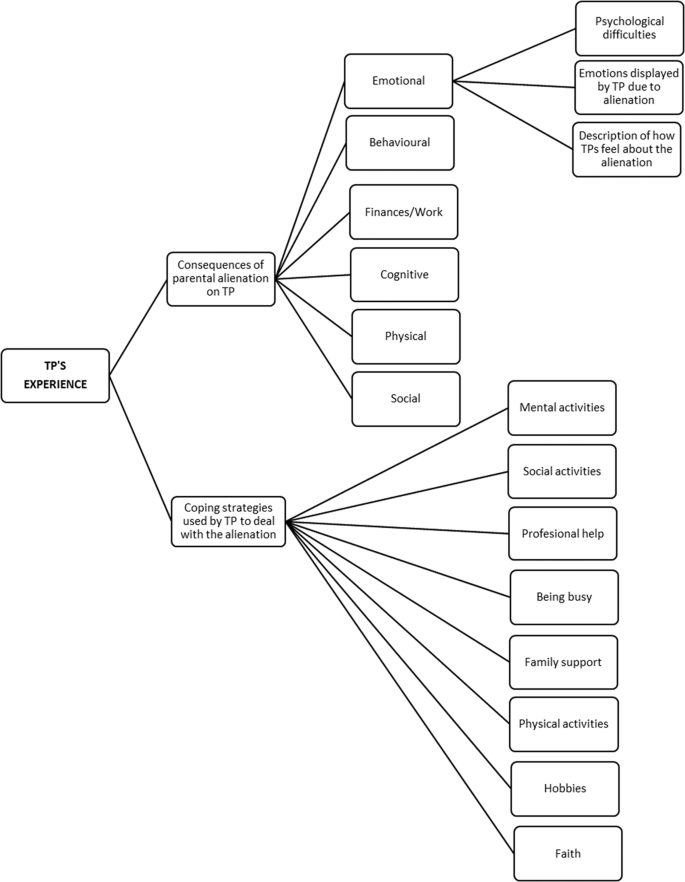



Targeted Parents Surviving Parental Alienation Consequences Of The Alienation And Coping Strategies Springerlink
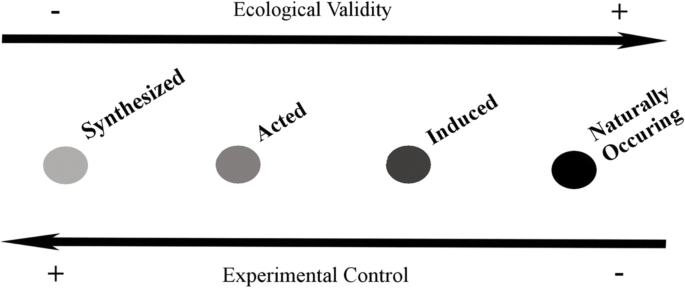



Good Vibrations A Review Of Vocal Expressions Of Positive Emotions Springerlink




Connecting Minds And Sharing Emotions Through Mimicry A Neurocognitive Model Of Emotional Contagion Sciencedirect



Parental Depressive Symptoms Children S Emotional And Behavioural Problems And Parents Expressed Emotion Critical And Positive Comments
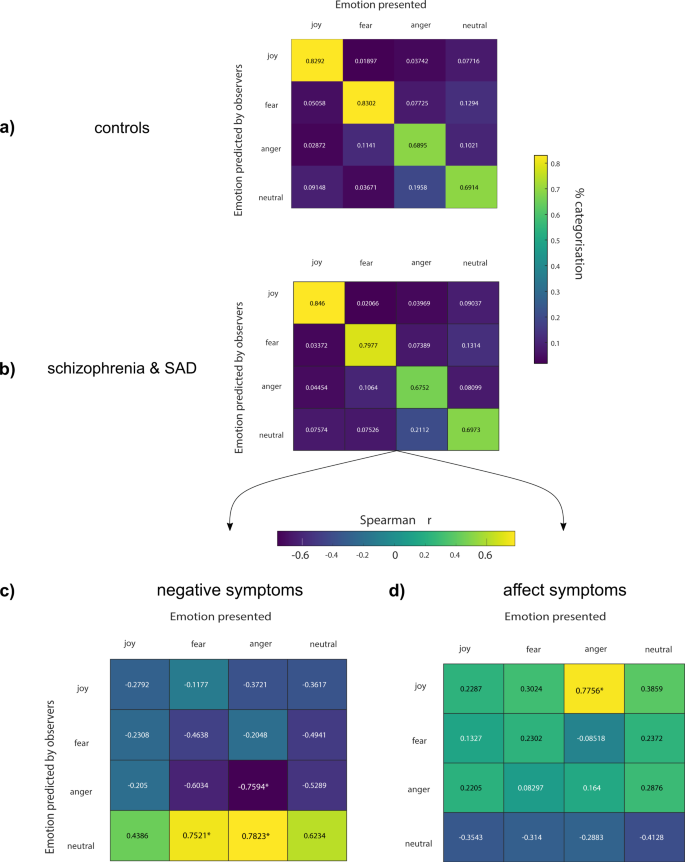



Abnormal Visual Representations Associated With Confusion Of Perceived Facial Expression In Schizophrenia With Social Anxiety Disorder Npj Schizophrenia




Neuromodulation Of Attention Neuron




The Effects Of Emotion Suppression During Language Planning And Production Journal Of Speech Language And Hearing Research




Icd 10 Mental Health Diagnosis Codes F Codes Z Codes
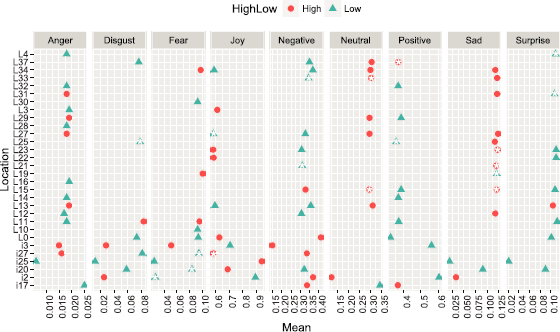



Uncovering The Relationships Between Military Community Health And Affects Expressed In Social Media Epj Data Science Full Text




Healthcare Providers Experience Of Working During The Covid 19 Pandemic A Qualitative Study American Journal Of Infection Control
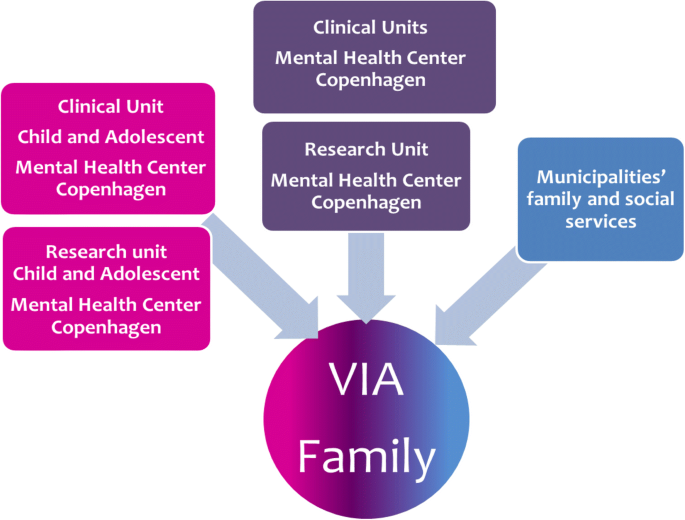



Via Family A Family Based Early Intervention Versus Treatment As Usual For Familial High Risk Children A Study Protocol For A Randomized Clinical Trial Trials Full Text




Pdf Describing Relationship Problems In Dsm V Toward Better Guidance For Research And Clinical Practice




Huntington S Disease Hope Through Research National Institute Of Neurological Disorders And Stroke




Basic Emotions Expressed In Music Factor Analyses On Intensity Rating Prbm




Molecular Characterization Of The Stress Network In Individuals At Risk For Schizophrenia Sciencedirect



Parental Depressive Symptoms Children S Emotional And Behavioural Problems And Parents Expressed Emotion Critical And Positive Comments




Pdf Measuring Expressed Emotion An Evaluation Of The Shortcuts




What Music Makes Us Feel At Least 13 Dimensions Organize Subjective Experiences Associated With Music Across Different Cultures Pnas




V Codes Dsm 5 Z Codes Icd 10 Psychdb
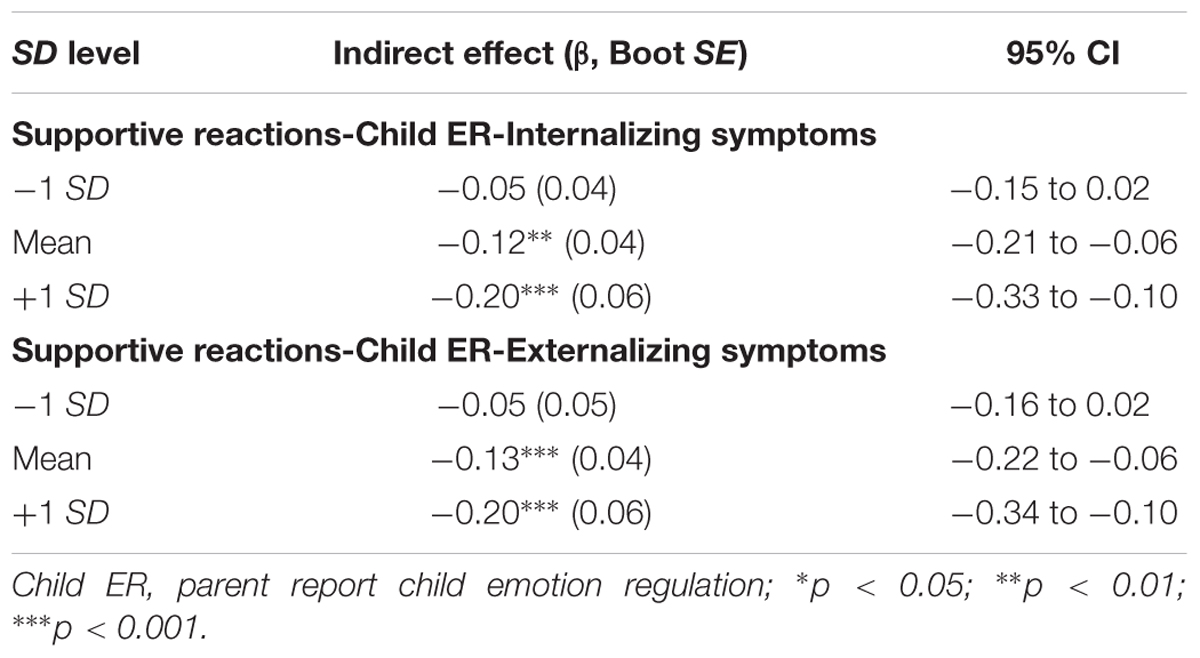



Frontiers Parental Emotion Socialization And Child Psychological Adjustment Among Chinese Urban Families Mediation Through Child Emotion Regulation And Moderation Through Dyadic Collaboration Psychology




Pdf Assessing The Emotional Quality Of Parent Child Relationships Involving Young Children With Special Needs Applying The Constructs Of Emotional Availability And Expressed Emotion
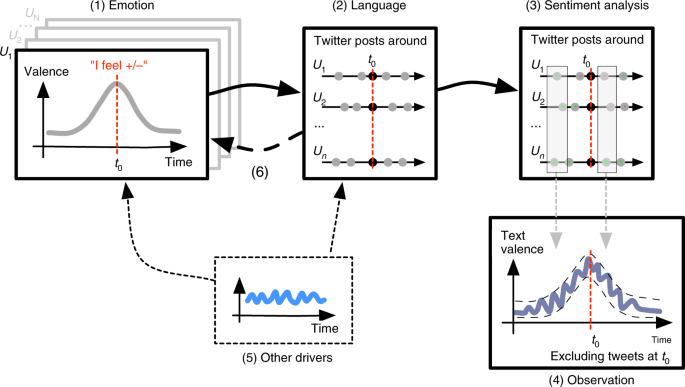



The Minute Scale Dynamics Of Online Emotions Reveal The Effects Of Affect Labeling Nature Human Behaviour
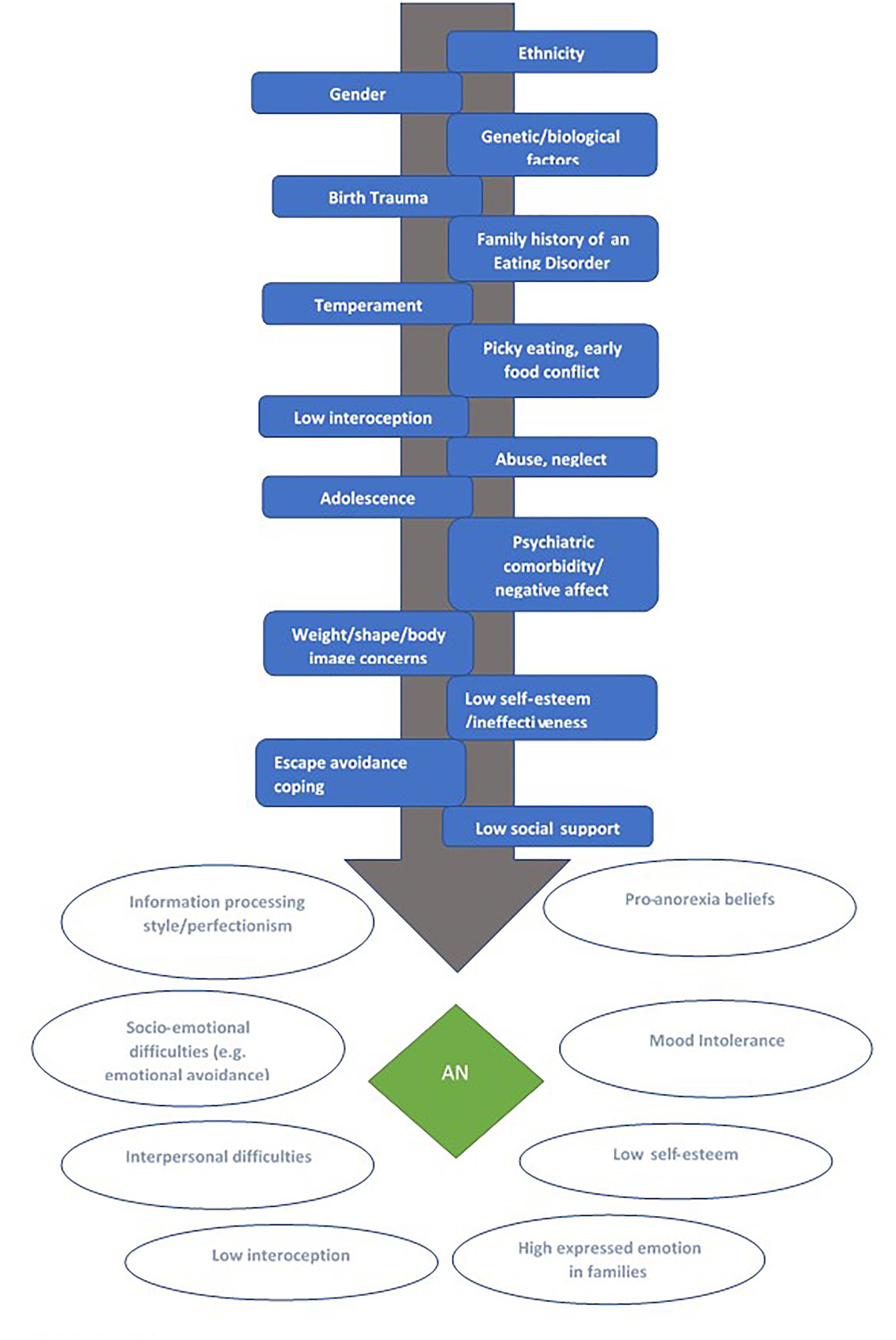



Frontiers Anorexia Nervosa And A Lost Emotional Self A Psychological Formulation Of The Development Maintenance And Treatment Of Anorexia Nervosa Psychology




Icd 10 Mental Health Diagnosis Codes F Codes Z Codes




The Objective And Subjective Caregiving Burden And Caregiving Behaviours Of Parents Of Adolescents With Anorexia Nervosa Rhind 16 European Eating Disorders Review Wiley Online Library




List Of Every Dsm 5 Diagnosis Counseling And Life Coaching Blog




Schizotypy Related Magnetization Of Cortex In Healthy Adolescence Is Colocated With Expression Of Schizophrenia Related Genes Biological Psychiatry




What Social Media Told Us In The Time Of Covid 19 A Scoping Review The Lancet Digital Health
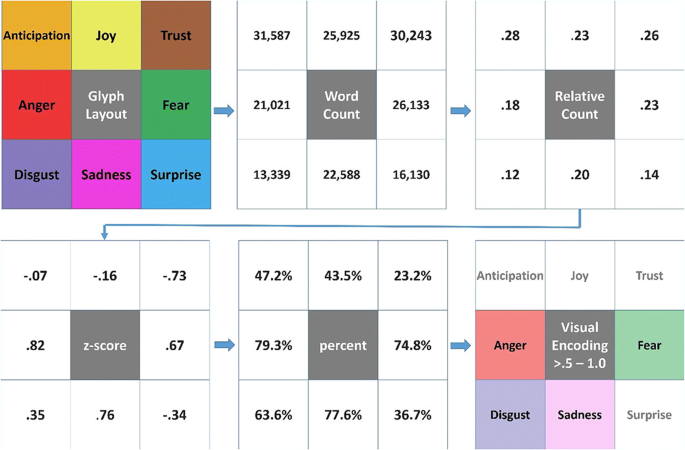



Movie Emotion Map An Interactive Tool For Exploring Movies According To Their Emotional Signature Springerlink




Family Interventions For Schizophrenia And The Psychoses A Review Mcfarlane 16 Family Process Wiley Online Library



Transgender Fathering Children S Psychological And Family Outcomes




Schizotypy Related Magnetization Of Cortex In Healthy Adolescence Is Colocated With Expression Of Schizophrenia Related Genes Biological Psychiatry




Good Vibrations A Review Of Vocal Expressions Of Positive Emotions Springerlink




Pdf Emotional Expressions Reconsidered Challenges To Inferring Emotion From Human Facial Movements




Connecting Minds And Sharing Emotions Through Mimicry A Neurocognitive Model Of Emotional Contagion Sciencedirect




Perceived Stress In Family Caregivers Of Individuals With Mental Illness Journal Of Psychosocial Nursing And Mental Health Services




Jcm Free Full Text Facial Affect Recognition By Patients With Schizophrenia Using Human Avatars Html




Experiences Of Stigma And Discrimination Faced By Family Caregivers Of People With Schizophrenia In India Sciencedirect




The Nonverbal Communication Of Positive Emotions An Emotion Family Approach Disa A Sauter 17
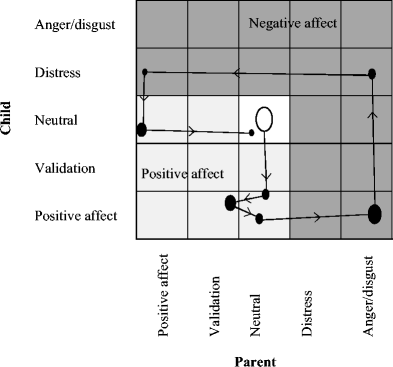



Father Child And Mother Child Interactions With Children With Anxiety Disorders Emotional Expressivity And Flexibility Of Dyads Springerlink




Brain Circuits Signaling The Absence Of Emotion In Body Language Pnas




Pdf Can I Tell You How I Feel Perceived Partner Responsiveness Encourages Emotional Expression




Capturing Naturally Occurring Emotional Suppression As It Unfolds In Couple Interactions




Icd 10 Mental Health Diagnosis Codes F Codes Z Codes



0 件のコメント:
コメントを投稿